Google’s Chrome OS turned 10 years old this year and a lot has changed. This year alone, Google has added several features to help increase your productivity, whether you’re working or learning from home, back in the office or somewhere in between. Android users get extra benefits to make it easier to jump between your Chromebook and Android phone and share your Wi-Fi connection.
If you were only introduced to the world of Chromebooks in the past year or two, you’re not alone. Chromebook shipments skyrocketed in 2020 due to the sharp increase in remote workers and students caused by the pandemic. That didn’t slow down in 2021, either, according to the research firm Canalys.
New Chromebook users and veterans alike can learn some new tricks to boost productivity in Chrome OS. Read on for eight features that make your life more efficient on a Chromebook.
Read more: Laptop vs. Chromebook: How to choose what’s right for you
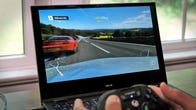

Now playing:
Watch this:
Here’s why a Chromebook might be all the laptop you need
5:26
Scan documents with the webcam
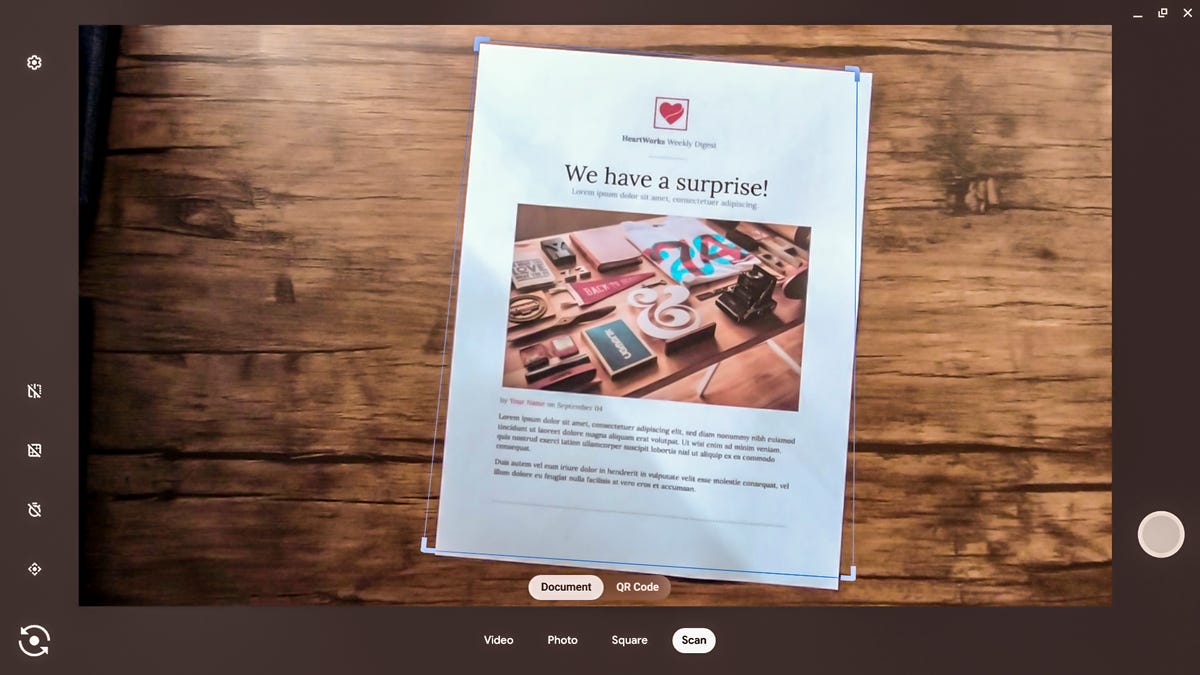

Josh Goldman/CNET
Your Chromebook’s webcam can now be used for scanning documents. Open up the Camera app and along with photo and video options you’ll see Scan. Select it and you’ll have the option to scan a document or a QR code. For documents, just put what you want to scan in front of the webcam and your Chromebook will find it and detect the document’s edges. Tap or click the big, white shutter release on the right side of the interface and it will capture your scan. If you like what you got, you can save it as a JPEG or PDF.
Admittedly, the results are better with an external webcam than the built-in camera, unless you happen to have a Chromebook with front- and rear-facing cameras. But it still works OK with just the webcam above your Chromebook’s display if you need to create a quick PDF to email. Just make sure you have plenty of light so you can capture a crisp image.
Pan, tilt and zoom your external webcam
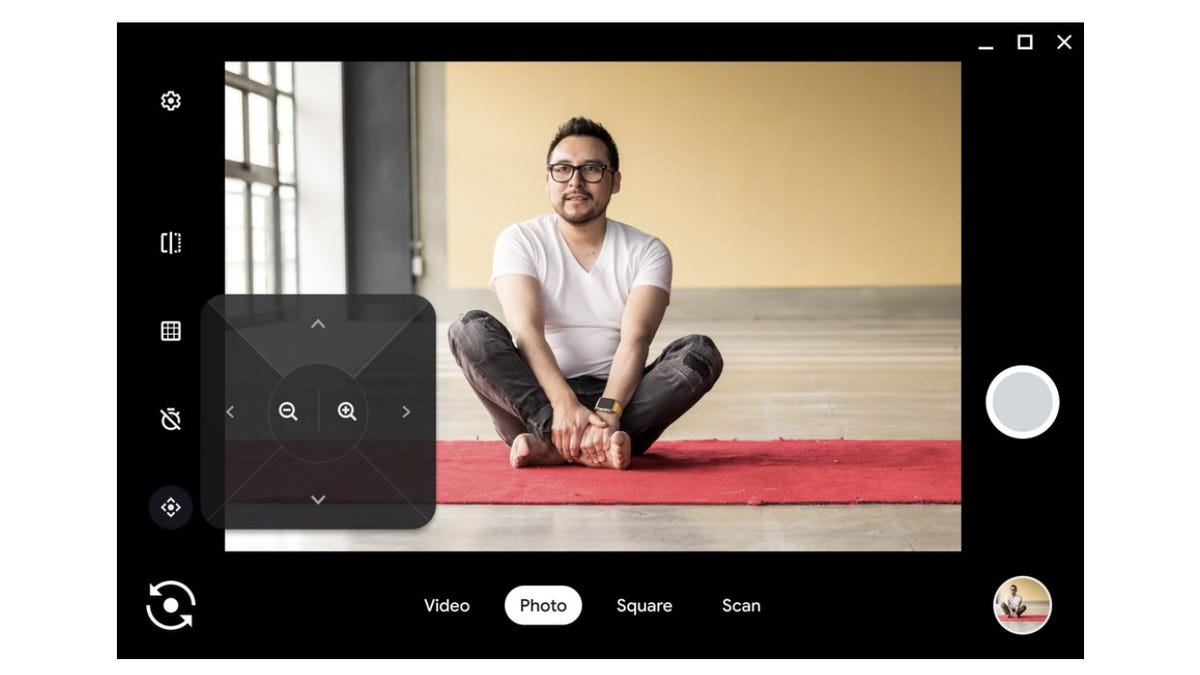

Screenshot by Josh Goldman/CNET
If you use an external webcam with pan, tilt and zoom support with your Chromebook, Google has added controls to the Camera app to let you move and zoom with the camera. With the external camera connected to your Chromebook, open the Camera app and select your external webcam using the camera switch icon at the lower left of the interface. Just above that icon is a diamond-shaped icon with a circle at its center. Click on that icon and it’ll open a control panel with zoom, pan and tilt controls. What’s really convenient, though, is the camera settings you use will stick once you leave the Camera app. That means you can jump into a Google Meet chat and have the camera angle set up just how you like it.
Phone Hub
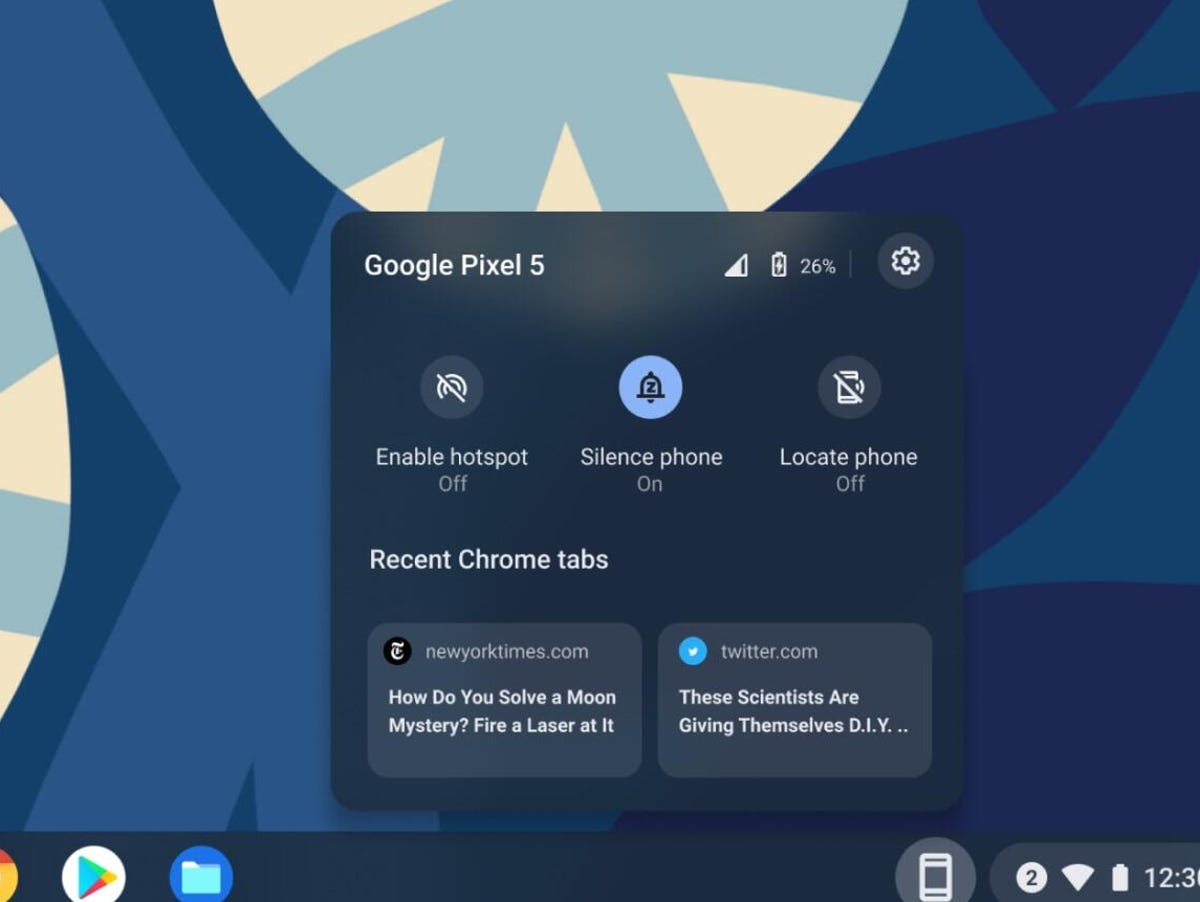

Android users can access their phones from Chrome’s Shelf. The hub lets you see the last couple of tabs you viewed on your phone, see its battery level and wireless connection strength and get notifications from chat apps. It can also be used to locate your phone by setting off its ringtone, and it can silence your phone entirely.
Wi-Fi Sync
Wi-Fi Sync is an existing Chrome OS feature that lets you share your network settings between devices. It’s been enhanced to work with more devices. This means if your phone connects to a safe Wi-Fi network, your phone can share the network password with your Chromebook so you’re ready to work when you lift the lid.
Screen Capture
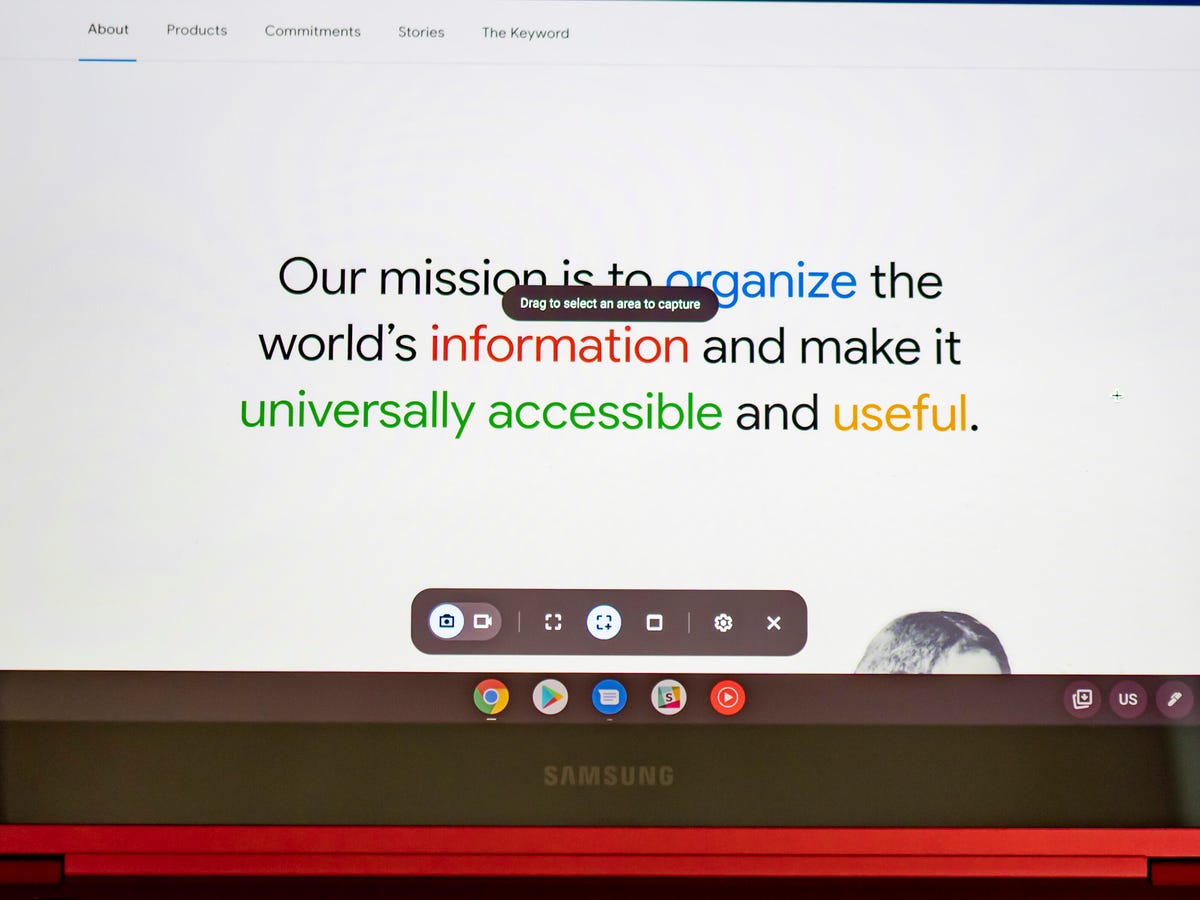

Josh Goldman/CNET
From the Quick Settings on Chrome’s Shelf, you can now select Capture. The tool not only lets you take screenshots but can be used to capture screen recordings as well. The tool will let you capture a window, a crop of a specific area of your screen or the entire screen.
Tote
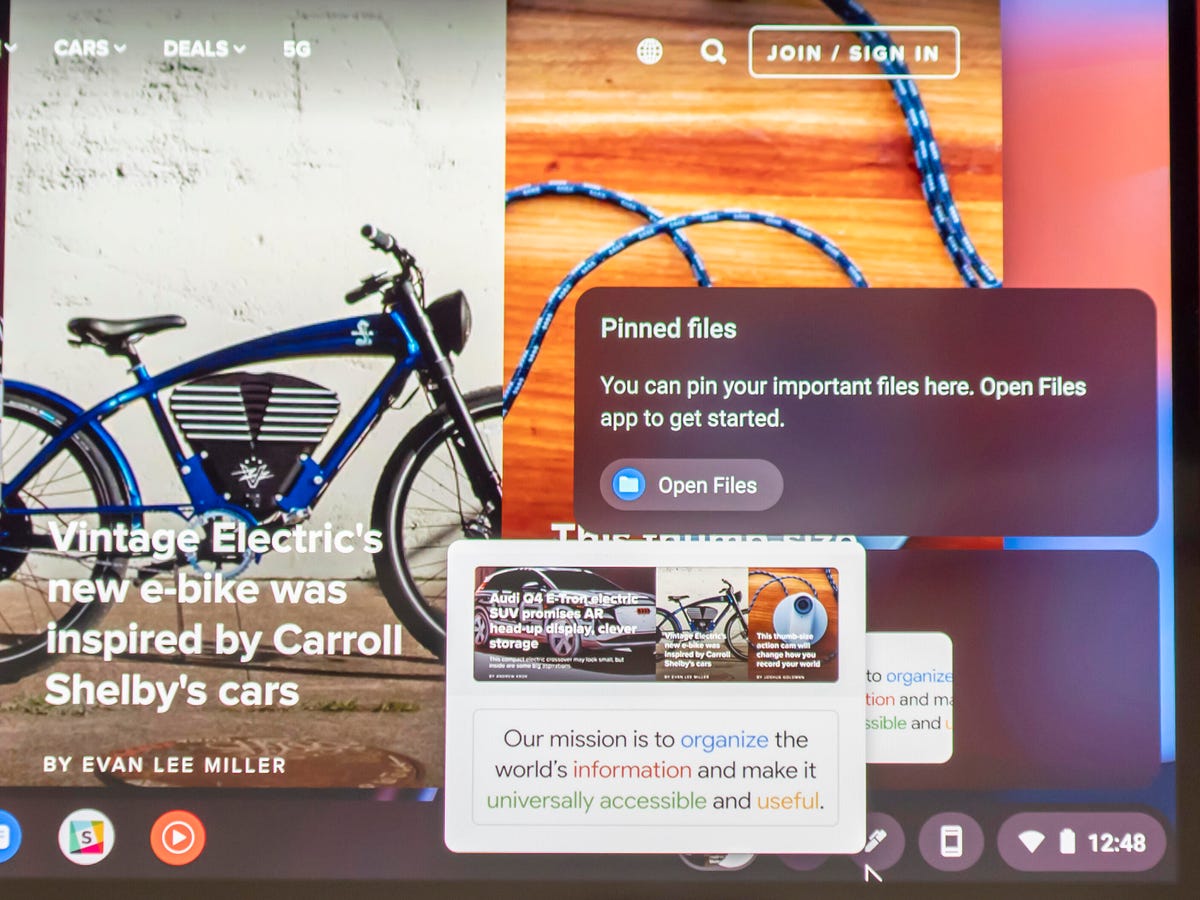

Josh Goldman/CNET
Google added a holding spot on the Shelf called Tote. It’s where you’ll find your most recent screenshots. But you’ll also be able to see downloads without having to launch the file browser. You can pin files to Tote, too, which means you can keep an important document readily open without searching for it.
Clipboard
Alongside the new Tote feature is an enhanced Clipboard. It’s now able to store the last five things you saved to it. To view what’s available, simply press the Everything button plus V.
Desks
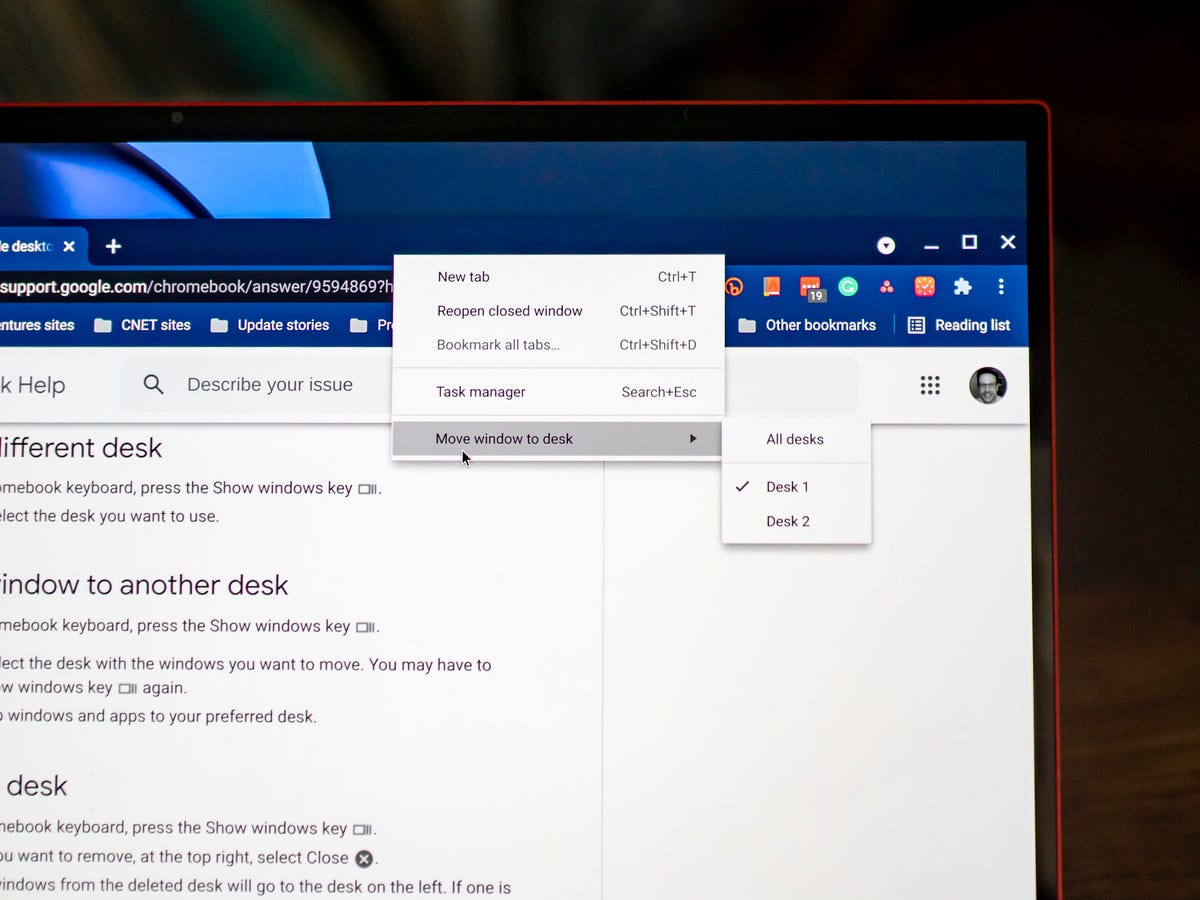

Josh Goldman/CNET
Desks launched last year and lets you create separate workspaces for different projects you’re working on. Google updated it to add a new right-click option to send an open window to a different Desk than the one it’s in, or all of your Desks if necessary. A four-finger swipe across your touchpad will let you switch between Desks, too.
Also read: How to turn on Caps Lock on a Chromebook
Quick Answers
Need to convert a measurement from imperial to metric or need the definition of a word you’re reading? Just highlight whatever it is and right-click on it and you’ll be given a definition, conversion or translation along with your other options. This can be toggled on and off in the settings menu under Related Info.
Those are the major updates, but they’re joined by a handful of smaller tool tweaks. The accessibility feature Select-to-speak, for example, now has controls to speed up, slow down and pause. You can now pin media controls for YouTube Music and Spotify to the shelf. And for those with students on Chromebooks, you’re now able to add school accounts, as well as add a PIN, to make it easier for your kids to sign into their accounts.
Also read: Best Chromebook 2021: 8 best Chromebooks starting under $300
Nearby Share
Nearby Share is the Android version of Apple’s AirDrop. It lets you and your contacts quickly share photos, files, links and more directly to another Android device or a Chromebook. Simply search the Settings on your Chromebook for Nearby Share and you can toggle the feature on and off. You’ll have to turn on Nearby Share on the sending/receiving device, as well.
To use it, once you’ve turned it on, just pick what you want to send from your device, tap the Share icon (it’s the one with three dots with one dot joined to the other two by single lines) and Nearby Share should appear as an option. Tap Nearby Share and it will search for available devices which should include your Chromebook. Select it, and you’ll get a notification on your Chromebook to accept or reject.
See also
- Best Laptop for 2022
- The Best Cheap Laptops You Don’t Have to Wait a Month For
- Best Chromebook for 2022
- These Are the Best 2-in-1s That Are More Than Just a Laptop or Tablet
In the market for a new Chromebook? These are the best Chromebooks for 2021. Plus, here’s how to reset your Chromebook to make it run like new, and why that cheap Chromebook might be too good to be true.




